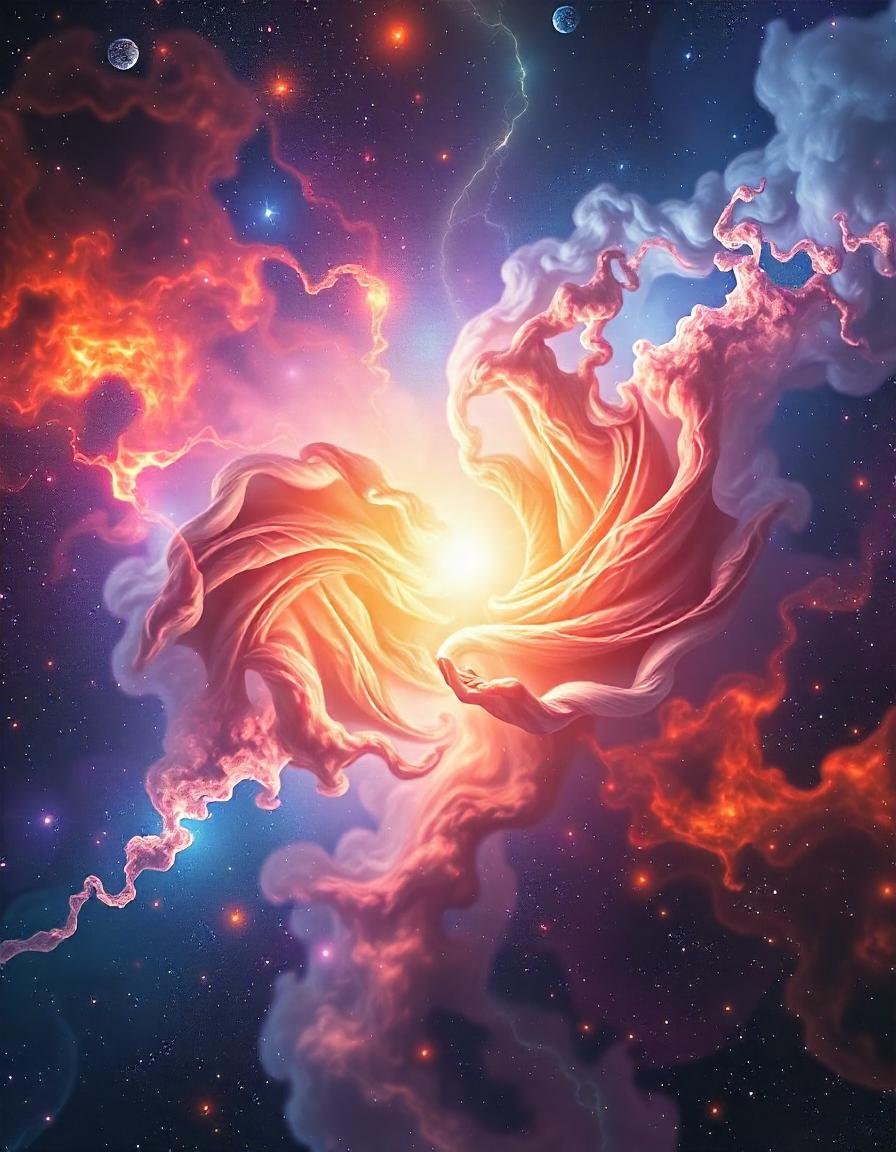Shiva
The Divine Masculine Siva and it’s role in yoga and your life
Sivā - shee-vah
As modern yogis, exploring the gods and goddesses as part of our yoga practice is a way of exploring different energies and archetypes. When we explore Shiva in our practice we can align ourselves to the particular energy of the Divine Masculine.
Shiva has, across time and through different yogic traditions, come to mean and express different aspects of divinity. For the modern practitioner of yoga, this can at times be confusing!
In this blog post we will explore 3 aspects of Shiva that can help us to understand this deity intellectually and also energetically, through yogic practices of embodiment.
Sian’s favourite image of Shiva, vintage, found at the Chorr Bazaar (Thieves Market) in Bombay. Shiva seems both content and meditative.
Shiva Meaning
We can break up the meaning of Shiva into three main ideas.
1. Transcendent representation - Shiva God of the Tantrikas and The Supreme Being without form,
2. Shiva & Shakti - the transcendent aspect in it’s Divine Feminine & Masculine form,
3. Mythological representation - Shiva, the Destoyer, one of the major gods of the Trimurti.
1. Shiva- as transcendent being
Across time, within the yoga tradition, different names and attributes were used to describe the one Supreme Godhead.
Early on it was Brahma, then Vishnu, then Rudra, then Ishwara and then, within the Tantrik tradition, it became known as Shiva (or Sadasiva/ Bharava).
This can make reading yogic texts so confusing, as depending on what you are reading, they will be honouring the name of a different God. This is because it depends on both the lineage and timeframe in which that text was written. Within some of the Tantrik tradition of non-dual Shaiva Tantra, Shiva is the word used to describe:
“the single all-pervasive divine awareness that is both ground and substance of the whole reality.”
- Christopher Hareesh Wallis
This aspect of Shiva is transcendent, beyond time and space, the name to describe the one ultimate God, from which all other aspects of the divine arise. In yoga it is also described as Divine Consciousness, because there has always been an understanding in yoga that consciousness, the light of awareness, is the basis of reality.
Other Names for Shiva the Ultimate Reality
To make things a little more confusing, across the Tantrik tradition Siva, in it’s expression as the ultimate reality, was also known by other names. Here are some of my favourites:
Paramaswara - The Highest Divinity
Hrdaya - The Heart
Sara - The Essence
Spanda - Vibration
Kula - The Totality
Urmi - the Wave
2. The Divine Feminine and Divine Masculine
This ultimate, transcendent consciousness, on creating the universe, split itself into two aspects, described as:
The Divine Masculine and the Divine Feminine
Or
Shiva and Shakti
Or
The Unmanifest and the Manifest
Or
The Witnesser and the Witnessed
Or
Thought/ Consciousness and Form
From this overarching idea of a supreme or transcendent God, the yogis began to ‘chunk down’ the omniscient powers of the Divine into categories and expressions that could help the human mind understand and experience God (Shiva) in specific ways. This is how the categories of the Divine Masculine and Divine Feminine - known in yoga as Shiva and Shakti can be understood.
Yes here we have the term Shiva being used again, this time to represent an archetypal energy we call the Divine Masculine.
In this representation Shiva is that aspect of the Divine that is without form. What is without form? Basically, consciousness. Shiva here is the Light of Awareness. This aspect of the Divine that ‘thought up’ the entire cosmos.
Shakti, the Goddess, is that aspect of the Divine, that became manifest. The entire cosmos, the manifest universe and every single aspect that we can use our senses to experience, is Shakti - the Divine Feminine. (Read our post on Shakti- the Divine Feminine here.)
The Divine in these two aspects is then infused in all of creation, and also through us. So your thoughts, are a micro-expression of Shiva. Your body too - is a micro expression of Shakti.
The intelligence of your heart cells, that hold the design for your heart- are Shiva. The beating heart as it manifests into form, is Shakti. Across the universe wherever you experience pure though, intelligence or consciousness, without form, that is Shiva. Wherever you can perceive something, through touch, vision, taste, hearing and smell is Shakti.
In India they represent this formless aspect of Shiva through the Shiva Lingam (above)- a rounded oblong stone, often with 3 lines or markings (that are also found across the forehead of devout Shaivists). In order for us to honour Shiva, we turn it into the form of the Shiva Lingam, even though Shiva is formless. This Shiva Lingam almost always sits on top of the Yoni symbol, the representation of Shakti- the creative womb that manifests all.
Divine Masculine Energy & Practices
Although Shiva and Shakti are described as being the Divine Masculine and the Divine Feminine, both men and woman experience these energies and can work with them.
I think they have been attributed to the masculine and feminine because of the nature of reproduction- women being the portals for life and creating life through pregnancy and birth, makes them generally more Shakti in nature.
But this doesn’t mean that women can’t access Shiva, or men Shakti. In fact it is important for us to have a balance of both.
Shiva is that aspect of the Divine that is experienced as consciousness, your awareness and the thinking mind.
Yoga Practices that amplify Shiva include:
Meditation: sitting and exploring the mind in stillness activates Shiva energy.
Taking time to think, to be with the mind and to explore the world intellectually is a Shiva practice.
Divine Masculine Energy Attributes
In modern yoga and spirituality the Divine Masculine energy has also come to encompass a range of inner attributes including:
Stillness
Single Pointed focus or vision
Structure
Holding Space
Boundaries
Planning and problem solving
Clarity of vision
Initiating Energy
(If you are interested in exploring more of what is the Divine Masculine and Divine Feminine Head to the Sacred Woman, The Light Collective’s online course)
In her book Women Who Run With Wolves Clarissa Pinkola Estes examines the importance of the masculine energy in a woman’s creative life, which she describes as the ‘animus.’
“Animus can best be understood as a force that assists women in acting in their own behalf in the outer world. Animus helps a woman put forth her specific feminine inner thoughts and feelings in concrete ways… This figure often has wondrous capabilities that cause her to rise to the work.. (the inner animus) chooses the best of what is offered, arranges the best price, supervises… follows up, follows through.”
In her description you can start to understand why channelling divine masculine energy can be so powerful for women - it can provide the motivating force and structure for a woman’s creative world that in the midst of daily life enables her to actually get things done.
Where the Divine Feminine is wild and chaotic, free in it’s creative manifesting, the masculine locks you down to time frames, creates prices for things and ensures that all that creativity is channelled into something concrete.
Want to do Shiva Practices? Head to our Online Studio.
Want to teach Shiva Practices? We explore a whole range of practices within the TLC Method advanced teacher training.
Learn More
3. Trimurti- Shiva, the Destroyer
Have you ever seen an image of Shiva in meditation, or heard a story about Shiva? This is the mythological representation of Shiva. While Shiva’s name as a god is not to be found in the Vedas, in the later Vedic period this mythological representation of Shiva becomes quite important and he is found in the Puranas and within many myths and stories.
Within his mythological representation, Shiva is the third god within a triad of gods known as the Trimurti:
Brahma - the Creator, or the force of beginnings, new life and creation in the universe
Vishnu - the Sustainer, or the force that keeps things active, growing and alive
Shiva - the Destroyer, or the force that causes decay, endings and death.
I remember hearing this as a new yoga teacher, only a year or two after my own Dad had died and feeling total fear around Shiva. I didn’t even want to look at the image of Shiva, because I was worried that I would somehow be calling in death.
However, as I grew to understand the deeper meaning of this, my fear shifted and I connected in deeply to this energy without any fear. You see, in yoga, death is not a passing into non-existence, it is a change into a new form of life.
“He who destroys therefore, causes beings to assume a new phase of existence- the Destroyer is really a re-Creator, hence the name Siva, the Bright or Happy One.”
- W.J. Wilkins
Shiva meaning in Hindi
Yes in Sanskrit and Hindi, Siva means the bright, happy or auspicious one. Which is interesting as most representations and stories of him, Shiva comes across as being rather austere, sitting in stillness often for thousands of years in meditation on Mount Kailash.
The Story of Shiva Turning Blue - The Churning of the Oceans
In one early and important story of Shiva (when he was a lovely normal colour) he is part of a group of gods who are churning the primordial milky oceans of the Universe in order to find the great Nectar of Immortality, Amrita. Incidentally the ocean is so big they tie the tail of a great Snake God to a mountain in order to get some serious churning capabilities happening.
As they churn all sorts of things arise from the ancient soupy sea of the cosmos, including a poisonous gas, Kalakuta- the trick of Time, so harmful that it can kill everything in its path, all life.
Shiva in his heroic wisdom, sucks the poison up in one deep breath, locking it in his throat, transmuting and neutralising the poison internally, in order to save the earth and all life on the planet. In doing so, he turns blue.
So what is this poison? This is the poison of worldly suffering, samsara, and Shiva’s actions are an example of how the great yogi can act when faced with lifetimes of samsara. His example shows, that through the yogic teachings we are given the opportunity to find freedom from suffering, liberation from karmic cycle and an opportunity to transcend beyond the every day mind.
The Tantrik Teaching
Beyond this, there is a specific Tantrik teaching through which we can view this story of Shiva, one which the great ancient Tantrika, Kshemaraja teaches in his Tantra ‘The Recognition Sutras.’
He uses the metaphor of a snakebite - the cure for which does not remove the venom, but rather, neutralises it. This is what Shiva does, he does not push the gas, samsara, the poison which is the suffering of life away from him. Rather, he welcomes it in, faces it and uses his inner powers to change the way he deals with it.
In the same way, the Tantrika welcomes all of life in, even the suffering.
The Tantrik yogi doesn’t sit in a cave and meditate away from the world. They don’t choose to be a renunciate and leave family and relationships behind. They are spiritual practitioners who are householders, holding jobs and having families. They are in the world.
There is a full engagement and appreciation of all of the highs and lows of life, as all of it is seen as the Divine in action. When we act like Shiva we don’t free ourselves from the chaos of the outside world - instead we live in it and free ourselves of the inner conditioning that creates the internal suffering.
THE AUTHOR
Sian Pascale is the founder of The Light Collective, an Online Yoga School focussed on working with practices that help her students access the subtle body, such as movement, pranayama, kriya yoga and meditation. She focusses mostly on a Shakti-centred yoga and the Tantrik lineage.
She is currently based North of Byron Bay in sunny Australia where she practices and teaches.
Read more about her.
WANT TO TRAIN WITH SIAN PASCALE?
TLC ONLINE YOGA STUDIO
Access the Sacred in your own daily spiritual practice.
With 400+ on demand soulful yoga classes that combine movement, breathwork and meditation.
THE TLC METHOD
Want to train with Sian in a traditional Indian style?
This 500hr Advanced Yoga Teacher Training focusses on supporting you to create a daily yoga practice so that you can clearly discern your dharma.
Head to our website for full details.
THE SACRED WOMAN
Discover your deepest self with The Sacred Woman course, blending Classical Tantra and modern Neo-Tantra. It's a powerful journey for women at any stage of their spiritual path.















